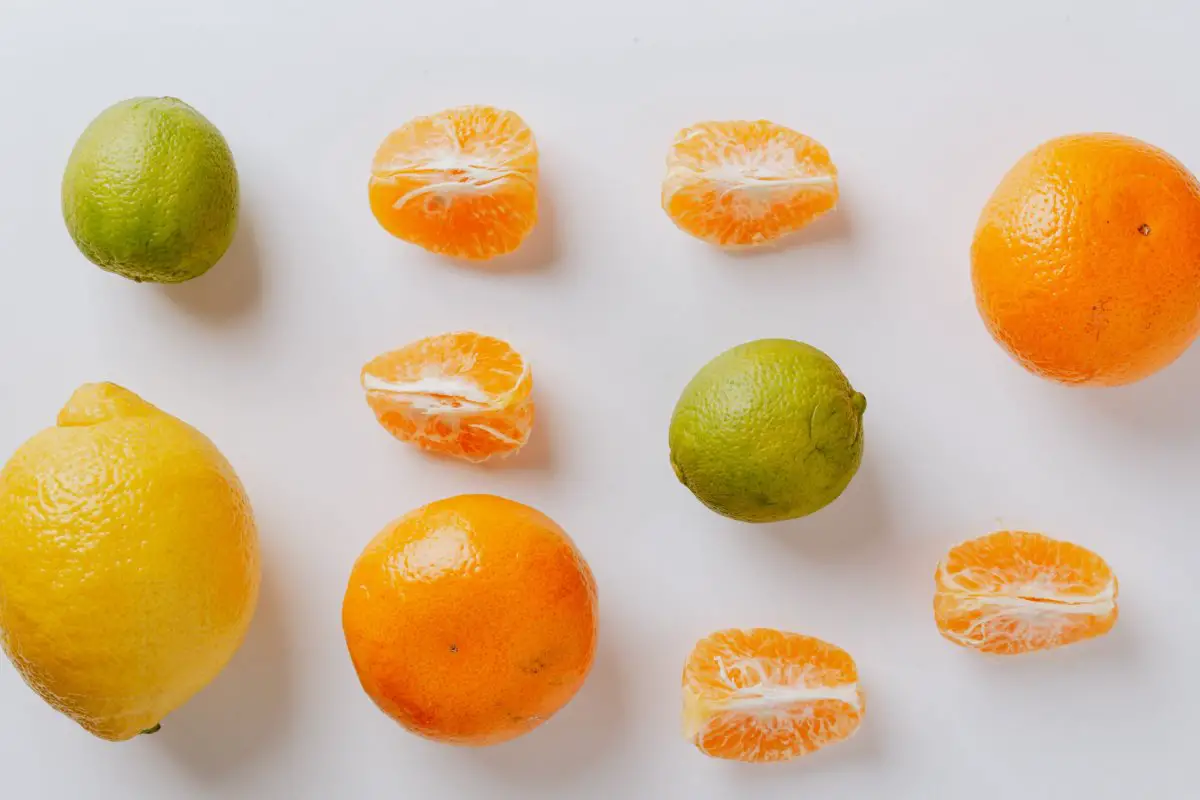There are different varieties of citrus fruits, including limes, lemons, grapefruits, oranges, clementines, and mandarins. These fruits are all compostable. Their nutrient composition make them highly beneficial to your compost and as a natural fertilizer for your garden and plants.
Adding citrus and its peels to your compost helps break down the cellulose in woody materials like twigs and branches.
Remember not to compost citrus fruit seeds; cold compost can provide a good environment for them to germinate rather than decompose.
Since citrus fruits have high acidity, the rinds should be added to the pile separately from other food scraps.
Table of Contents
What Are The Best Citrus To Compost?
1. Lemons
Lemon is the easiest choice since it is readily available and quite nutritious. Lemon is also one of the most nutrient-rich fruits you can compost.
For example, they are high in nitrogen, which is fantastic for your compost’s health, and rich in potassium and magnesium — the three nutrients often lacking in composts that aren’t getting enough nitrogen and carbon.
2. Oranges
Oranges and orange peels are great additions to compost piles because they have thicker peels than lemons and can stand up better to warmer temperatures.
3. Clementines
The smaller fruit is an easier option than larger oranges if you’re worried about the peels being too tough or bitter for your compost pile.
4. Limes
These acidic-skinned fruits will add some zest to your compost pile but may not withstand high heat as long as their orange counterparts.
5. Mandarins
Mandarins can be difficult to peel and segment, but this fruit is also a great addition to your compost pile.
6. Grapefruits
There is no issue with composting grapefruit rinds so feel free to add them to your compost.
All 6 citrus varieties are good as a natural fertilizer when composted.
How to Compost Citrus the Correct Way
- Since citrus has high acidity, you should use it sparingly in composting.
- For better results, mix the citrus fruit pulp and peels with carbon-rich material like dead leaves or sawdust to neutralize the acids and oils.
- If you are composting a lot of citruses, use citrus peels and rinds instead of the entire fruits. This is because the fruits have high water content, and since your compost will have a lot of citruses, it may not decompose.
- Forcing your citrus waste through a commercial juicer is one way to make sure no seeds or pits make it into your compost pile.

How Long Does It Take for Citrus to Decompose?
Citrus peels take up to 6 months to decompose. By shredding the peels into smaller pieces, you will likely speed up the decomposition process.
Composting Citrus Peels in 6 Easy Steps
1. Cut all the Citrus Peels into Smaller Pieces
Cutting them into smaller pieces will speed up composting and prevent mold build-up.
2. Dry Out All the Citrus Peels
Drying out the peels will reduce the amount of water in the compost.
3. Line Your Bin With Shredded Newspaper or Other Biodegradable Material
Next, build a layer of branches and twigs on top of this base layer and add another layer of organic matter—grass clippings, fallen leaves, coffee grounds, and eggshells are all great choices.
4. Add Citrus Mixed with Cardboard, Dry Leaves, or Sawdust Into the Compost Bin.
The cardboards and green leaves will help break down the citrus pulp and peels quicker. It will also help in absorbing the scent.
5. Add Green Materials and Carbon Materials on Top
Make sure you balance the ratio of carbon material to green material, and since citrus is full of nitrogen, you should add lots of carbon material to enable decomposition.
6. Stir the Compost Pile
Regularly stir to allow for the aeration of the compost. Stirring also enables all the compost to decompose as each material reaches the needed temperature for decomposition.
What Is Citrus Compost Good For?
There are various benefits of composting citrus.
These include:
- Citrus fruit and peels are a great way to introduce nitrogen, potassium, and phosphorus into your compost heap.
- Plants such as rhododendrons, blueberries, camellias, hydrangeas, and nasturtiums thrive in acid-rich soils. Therefore compost from citrus gives these plants the much-needed nutrients to thrive.
- Compost with citrus fruits warms quickly, enabling decomposition to happen faster than when you only add other green and carbon materials.
- Citrus peels are especially high in potassium, also known as potash. It is the nutrient that makes plants flower and fruit, so it’s no surprise that adding citrus peels to your compost heap can help your plants to flourish.
- Citrus also helps introduce nitrogen into the pile. Nitrogen helps the growth of healthy foliage, though too much can cause your plants to be leggy and weak.
- Citrus fruits are high in phosphorus. Adding this nutrient will help to improve the quality of your compost by giving it a more balanced ratio of nutrients.
You can add citrus to any compost pile as long as you have enough carbon material to balance out the acidity introduced by the peels.
However, it would be best to use them sparingly since they’re so high in acid.

